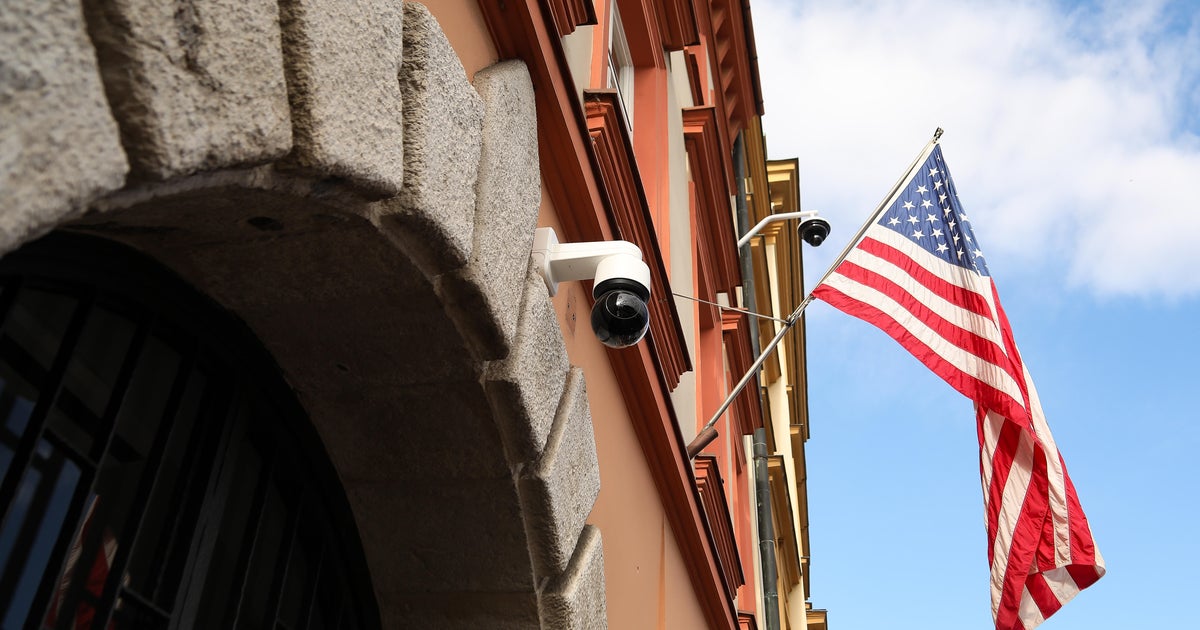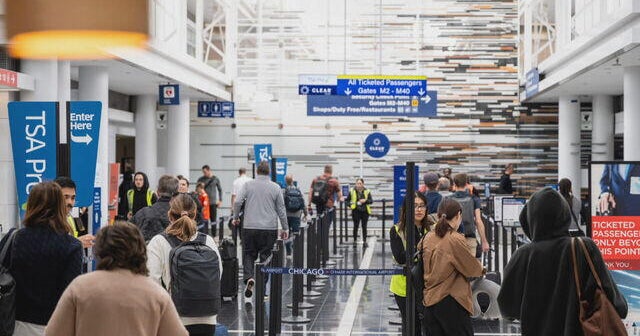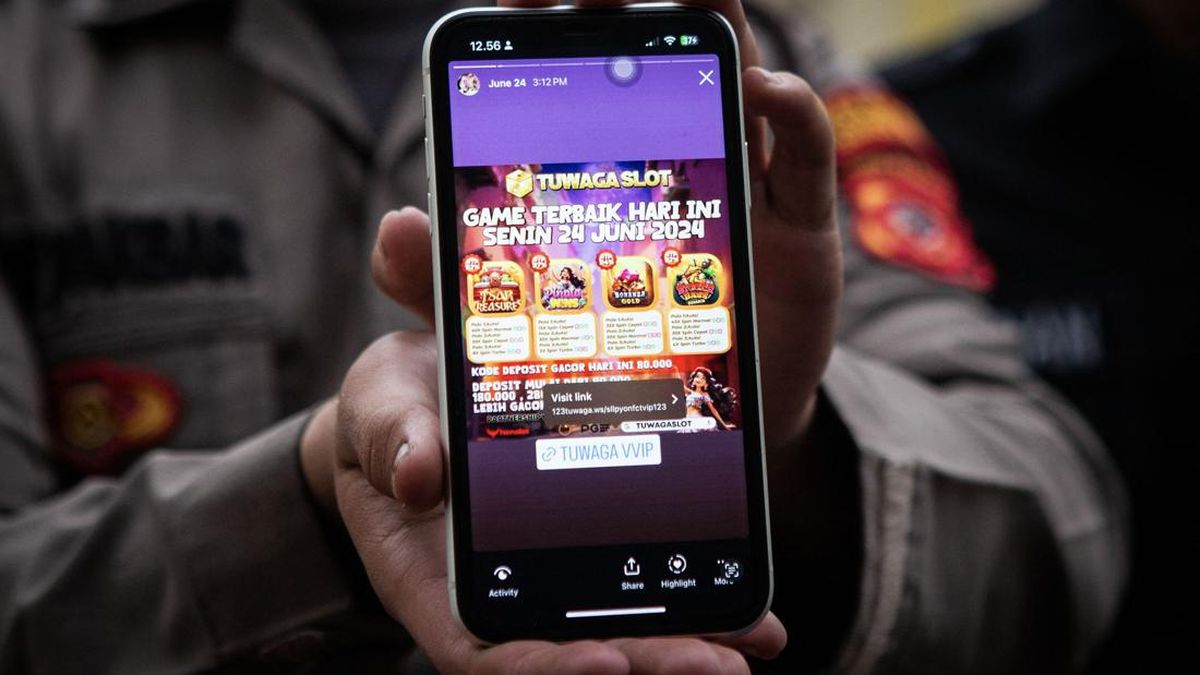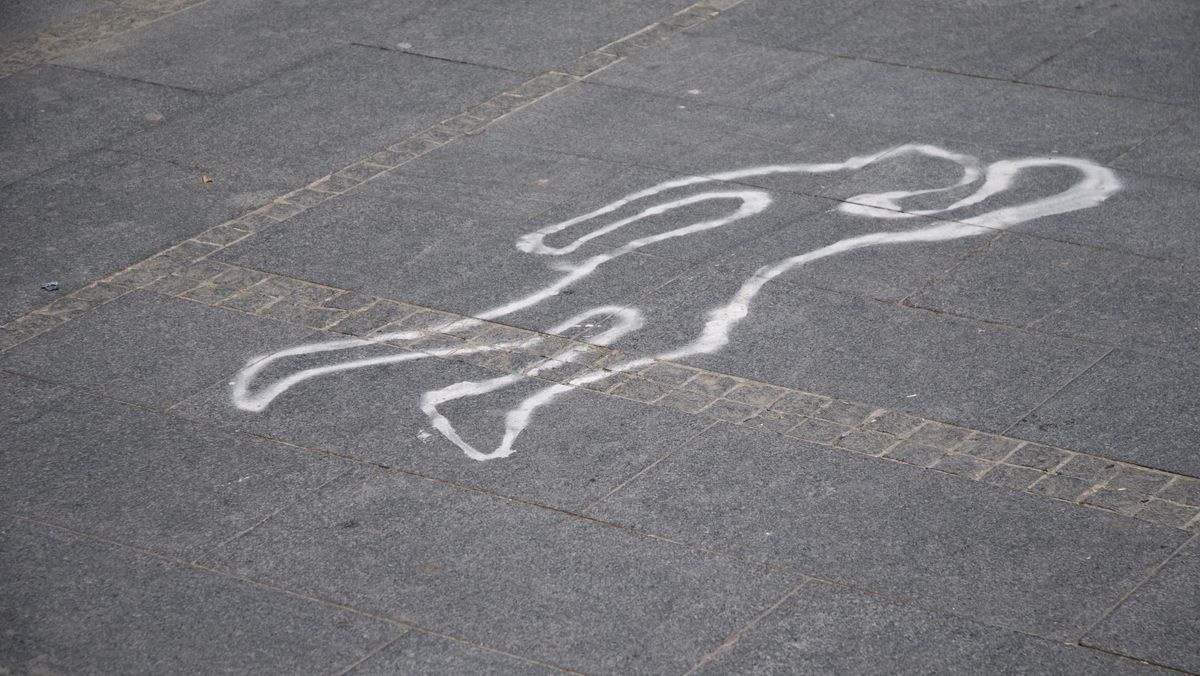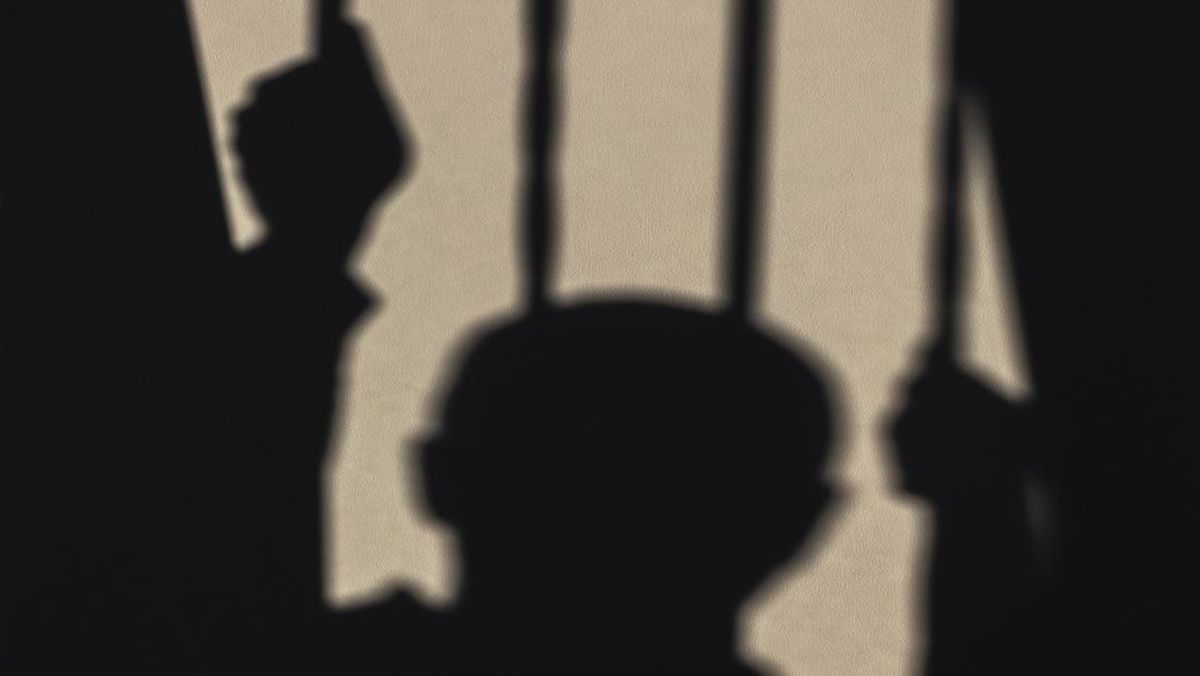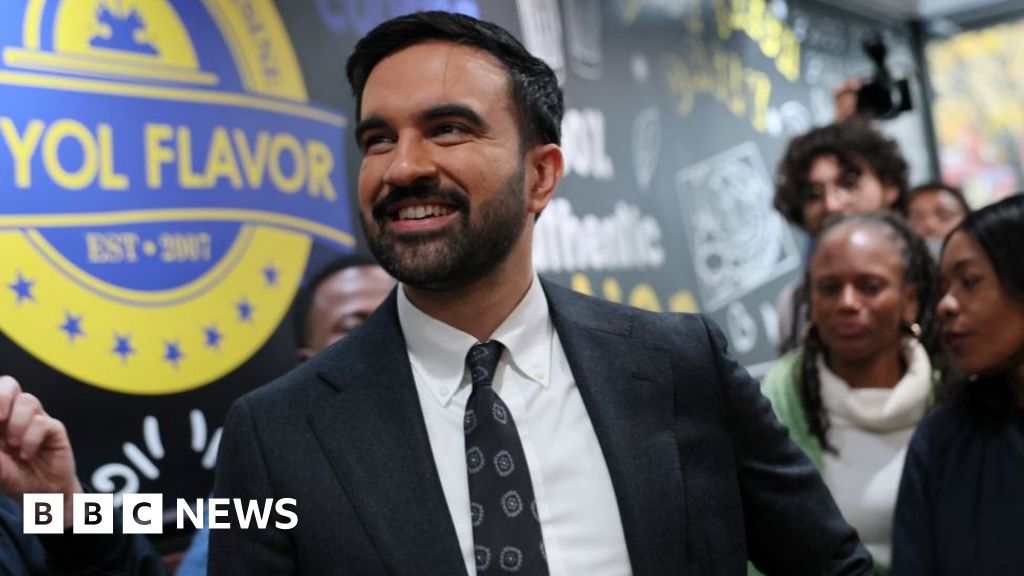In the medical trade, it has the impressively apocalyptic (if somewhat gendered) moniker, “The Widowmaker”, a blockage of the left anterior descending artery (LAD) that is most emphatically not a good thing if yours is the heart to which it happens to be attached.
Stay with me here as I get a bit technical: the matey-sounding LAD is one of the main routes that supplies your heart with all the vital gubbins needed to keep it beating (blood, oxygen et cetera). And even with my limited scientific background (I come from a medical family, but my eldest brother followed dad into the doctoring lark, letting us other two brothers off the hook), I know a working heart is non-negotiable when it comes to staying alive.
If your three-millimetre LAD gets gummed up, the resulting heart attack, according to Dr Google, is most often “catastrophic” or “massive”. Survival rates are less than 10 per cent. These are not good odds.
Let’s back up a few weeks to a time when I was blissfully unaware of the LAD in my chest quietly helping my heart beat some 100,000 times a day.
After several months of feeling a “bit off”, which I put down to the lingering effects of enforced idleness due to a fractured ankle, I finally dragged myself to my GP.
It had taken quite a while but avoiding deadlines until the very last minute is a way of life for most journalists. Sometimes, I don’t even get around to procrastinating.
The other motivating factor was that we were very shortly due to fly to Spain on a much-anticipated family holiday. I just needed reassurance that all was tickety boo with my ticker and that my planned cerveza and paella tour was not in danger.
The good doctor took one look (actually, several looks and a detailed case history) and packed me off to the first cardiologist who could fit me in at very short notice. He took several more looks, gave me one long, very worried look, told me to put away the Spanish guidebooks, and booked a computed tomography angiogram.
Loading
The procedure involves lying down and being fed into a huge doughnutty thing that makes lots of dramatic banging and whirring noises. A contrast dye is injected via a canula so the doctors can get a good look at what’s going on under the bonnet. I had been warned I might feel like I’d … er … lost control of my bodily functions but, even so, suddenly feeling like you’ve filled a nappy in public is strangely disconcerting.
As I lay there coming to terms with my new identity as a doubly incontinent 59-year-old with a dicky ticker, the radiologist appeared with a look on his face that implied I probably shouldn’t buy green bananas and definitely not pick up any long books.
His advice was to go home, avoid all exertion (which, ironically, is probably what got me into this mess in the first place) and count down the five days until I was booked in for an angioplasty.
On the train home, I imagined what my blockage might look like under a microscope. I pictured a micro-sized fatberg made up of sausage rolls, meat pies and chips all gummed together with pate (mmmmm, pate) and soft cheese (mmmmm, soft cheese).

When Nick Galvin got the call to go into hospital earlier than expected, he didn’t think twice.
There’d be a tiny gap left just waiting for a cream bun somewhere in my body to come barrelling up the artery and plug that final hole, at which point my face would turn bright pink and steam would come out of my ears in the style of a Tom and Jerry cartoon. The reality, I suspect, would probably not be quite so jolly.
I spent the next day or so like a man carrying a Ming vase across a polished floor. Wearing socks. And boxing gloves. Blindfold. After a few beers. You get the picture.
Loading
The following evening, I got a call from a number I didn’t recognise. Usually, this would be some desperate publicist who thinks the way to get me enthused about their client’s latest book/collaboration/ground-breaking one-woman show about meerkat mating rituals is to call during dinner. However, for whatever reason, I picked up.
On the line was the totally wonderful Dr Fiona Foo, one of the nation’s few female interventional cardiologists. She asked if I was busy the following day (nope – just sitting, trying to keep that vase in one piece). She could make time to operate on my micro-fatberg if I could get myself up to Macquarie University Hospital.
Next day, I was at MUH all prepped and ready to go, chatting to the irrepressible doctor, who radiated confidence and competence, both important attributes in someone about to head up an artery on a Fantastic Voyage-style journey to your heart like anyone else might pop out to Coles.
In an angiogram, tools are inserted into the artery via a small incision. Foo prefers the radial artery in the wrist but the groin is also prepped as a back-up.
All of which left me lying in a chilly operating theatre, Foo and her team around me, exposed in a manner that in other circumstances would result in a two-year good behaviour bond.
But did I care? I did not. That would be the fentanyl they used to take the edge off. It’s a wonderful thing for lowering inhibitions and it made this all feel like the most glorious lark. It really ought to be illegal outside hospitals.
Loading
Alongside the operating table was a large video screen that allowed Foo to guide the tools to precisely the right spot. What I could see was pretty incomprehensible and quite dull, but I resisted asking for Netflix instead.
Over the next 90 minutes or so, the dexterous Foo tamed the micro-fatberg with a tiny balloon and then inserted a stent – a wire cage – to hold open the artery. Shortly afterwards, I was wheeled to the Coronary Care Unit, where I spent the night being fussed over by a brilliant crew of nurses.
Next morning, despite a sleepless night – just like on the movies, there are an awful lot of bleeping machines in a CCU, to which nobody pays the slightest bit of notice – I realise I’m feeling good.
In fact, I’m feeling f--king sensational.
Like the proverbial frog being gradually boiled, I’d been getting worse and worse without quite realising, eventually reduced to firing on barely two cylinders. And now, after a de-coke and rebore, I was raring to go.
The doctor discharging me asked who would be picking me up, something I hadn’t considered. Thinking quickly, I said I’d get an Uber, which seemed to tick that box, and I was declared good to go. I got dressed, stuffed a few things in my backpack, wandered out into a glorious spring and set off to the station.
Everything around me – colours, sounds, smells – seemed heightened, and I couldn’t keep the smile off my face.
You don’t often get a chance to say this and mean it, but it really is great to be alive.
Note: Seek medical attention if you have any worrying symptoms (chest pain/pressure/tightness; jaw/neck/pain; shortness of breath; nausea/sweats et cetera). More information is available from The Heart Foundation
Start the day with a summary of the day’s most important and interesting stories, analysis and insights. Sign up for our Morning Edition newsletter.


